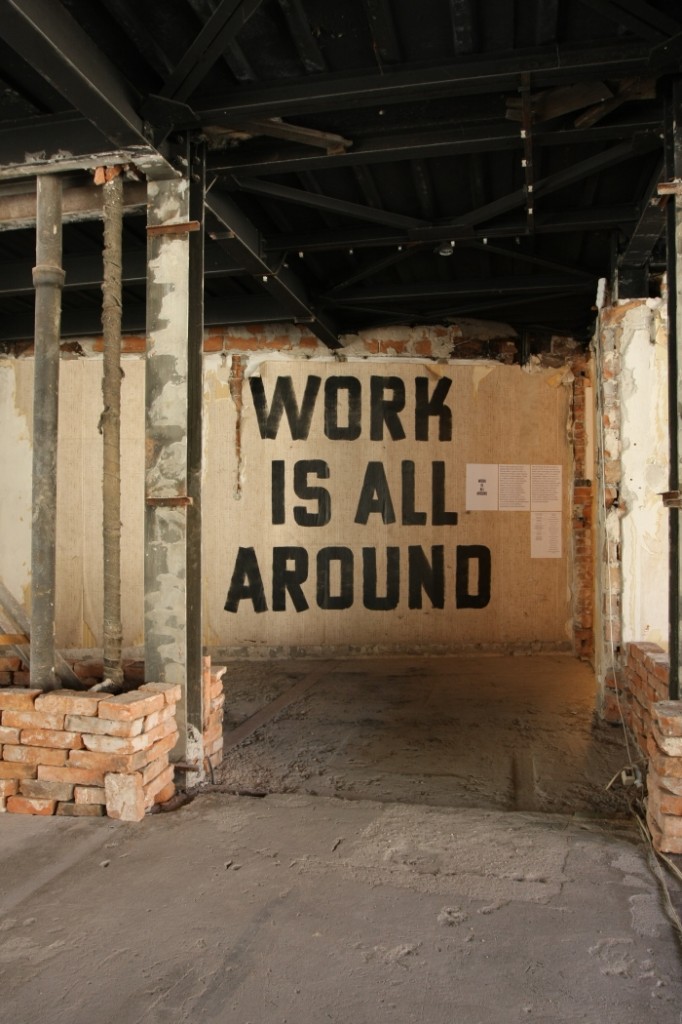Since 2013, and in what one could almost term a “Danube Design Festival”, in addition to Vienna Design Week late September has also seen the nearby Slovakian capital Bratislava host an annual design week.
We know, we know, design weeks are the new marathon or the new film festival, every city needs one as part of their location marketing, “LOOK!!! WE’RE CREATIVE!!!” scream metropoli from Australia to Scandinavia, from Asia to America.
We know.
However we also belong to a very select group who believe that in our modern world large design festivals such as Milan are no longer sustainable, far less justifiable, and that the future lies in a regional network of professionally organised, well timed design festivals which provide a platform for local talent, and which use that talent to help advance both design and society. Let the visitors travel and leave the design at home. Honestly, it makes more sense.
And no not just for us. Although yes, there are an awful lot of excellent cafés in Bratislava.
Much as Bratislava boasts a compact and neatly arranged old town so is/ was Bratislava Design Week 2014 a relatively compact affair, essentially focussed on the central exhibition city centre and a three day conference which featured contributions from a genuinely fascinating roster of designers, including Benjamin Hubert, Curro Claret, llot llov anfd Okolo. We don’t know what they said, we weren’t there, but having spoken to all of them in the past we assume it was well worth the visit.
In addition Bratislava Design Week features a few satellite shows, largely fashion based. And of course fashion isn’t design. But Bratislava Design Week is young. They’ll learn.
And they’ll also learn to increase the amount of information in a language other than Slovakian and ensure that exhibitors follow suit.
Nothing against the Slovakian language, but as a Finnish contact once told us when we announced we were thinking about taking up their language “Why? There are only 4 million Finnish speakers and they all live in Finland. Learn Italian”
Similarly a design festival that hopes to attract an international public must also speak an international language, English would be the obvious. German the geographically most logical.
Which all shouldn’t be taken as undue criticism. The festival is young, one notices in many respects that the organisers are still learning, but the potential is there and we certainly hope they can grow, develop and evolve.
And in terms of language barriers, one must also remember that even the much more established Dutch Design Week still presents exhibitions in 100% Dutch.
We’ll post more in the coming weeks about some of the projects that particularly caught our attention, but for now a few impressions from Bratislava Design Week 2014.
